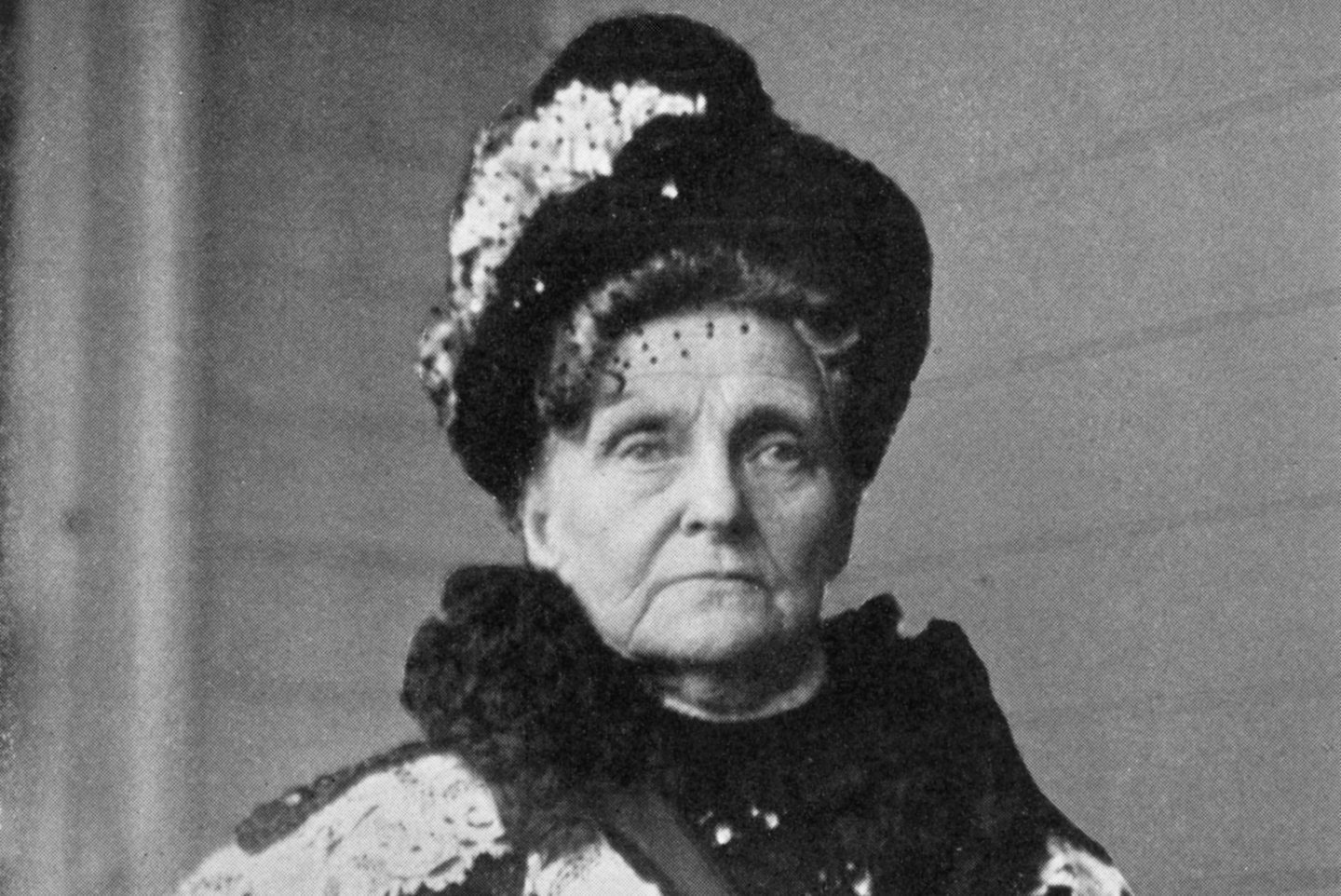
Who was Hetty Green? Known as the "Witch of Wall Street," Hetty Green was one of the most successful and eccentric financiers of the 19th century. Born in 1834, she amassed a fortune through shrewd investments in railroads, real estate, and government bonds. Despite her immense wealth, Hetty was infamous for her frugality, often wearing the same black dress and living in modest accommodations. Her financial acumen and penny-pinching ways made her a legend in her time. Why is Hetty Green still remembered today? Her story continues to captivate because it defies the norms of her era, showcasing a woman who dominated a male-dominated financial world with sheer intelligence and grit.
Key Takeaways:
- Hetty Green, the "Witch of Wall Street," was a shrewd investor known for her extreme frugality and tough negotiating skills, amassing a fortune of over $100 million in the 19th century.
- Despite her wealth, Hetty Green lived a remarkably frugal life, wearing the same black dress and undergarments, haggling over groceries, and even refusing to pay for a doctor for her son.
Hetty Green: The Witch of Wall Street
Hetty Green, known as the "Witch of Wall Street," was one of the most successful and eccentric financiers of her time. Her life was filled with fascinating stories and surprising facts that continue to intrigue people today.
-
Born Henrietta Howland Robinson in 1834, Hetty Green inherited a substantial fortune from her family.
-
She was known for her frugality, often wearing the same black dress and undergarments until they wore out.
-
Hetty's father taught her about finance and investing from a young age, which was unusual for women at that time.
-
She married Edward Green in 1867, but kept her finances separate from his.
-
Hetty's husband, Edward, was also a successful businessman, but he eventually went bankrupt due to poor investments.
-
Despite her wealth, Hetty was known to haggle over the price of groceries and other everyday items.
-
She was a shrewd investor, focusing on real estate, railroads, and government bonds.
-
Hetty Green was the richest woman in America during her lifetime, with a fortune estimated at over $100 million.
-
She was known for her tough negotiating skills and often intimidated her male counterparts.
-
Hetty once refused to pay for a doctor to treat her son's injured leg, which led to the leg being amputated.
Hetty Green's Business Acumen
Hetty Green's business strategies and financial acumen were legendary. Her ability to make money and manage her investments set her apart from others in her era.
-
She preferred to lend money rather than borrow, often acting as a private banker.
-
Hetty was known to carry large sums of cash in her handbag, ready to make deals on the spot.
-
She had a keen eye for undervalued properties and would buy them at a low price, then sell them for a profit.
-
Hetty often invested in distressed assets, buying them at a discount and holding them until their value increased.
-
She was a master of timing, knowing when to buy and when to sell her investments.
-
Hetty's investment strategies were based on thorough research and a deep understanding of the markets.
-
She avoided speculative investments, preferring stable, income-generating assets.
-
Hetty was known to be ruthless in her business dealings, often taking advantage of others' financial misfortunes.
-
She had a network of informants who provided her with valuable information about potential investments.
-
Hetty's financial success was largely due to her ability to remain calm and rational during market panics.
Personal Life and Legacy
Hetty Green's personal life was as intriguing as her business career. Her eccentricities and frugality were legendary, and her legacy continues to be a topic of interest.
-
Despite her wealth, Hetty lived in cheap boarding houses to save money.
-
She was known to eat cold oatmeal to avoid the cost of heating it.
-
Hetty's frugality extended to her children, whom she raised with strict financial discipline.
-
She was a devout Quaker, which influenced her simple lifestyle and conservative financial practices.
-
Hetty was often seen carrying a small satchel filled with important documents and cash.
-
She had a strained relationship with her family due to her obsession with money.
-
Hetty's daughter, Sylvia, inherited her mother's financial acumen and managed the family fortune after Hetty's death.
-
Her son, Ned, was less successful and squandered much of his inheritance.
-
Hetty Green died in 1916 at the age of 81, leaving behind a vast fortune.
-
She is buried in Bellows Falls, Vermont, alongside her husband and children.
Hetty Green in Popular Culture
Hetty Green's life has inspired numerous books, articles, and even fictional characters. Her story continues to captivate people and serve as a cautionary tale about wealth and frugality.
-
Hetty was the inspiration for the character of Ebenezer Scrooge in Charles Dickens' "A Christmas Carol."
-
She has been the subject of several biographies, including "The Richest Woman in America" by Janet Wallach.
-
Hetty's life was dramatized in the 1930 film "The Witch of Wall Street."
-
She has been featured in numerous articles and documentaries about famous financiers and eccentric personalities.
-
Hetty Green's legacy lives on as a symbol of extreme frugality and financial success.
Hetty Green's Legacy
Hetty Green, known as the "Witch of Wall Street," left a lasting mark on American finance. Her frugality and shrewd investments made her one of the wealthiest women of her time. Despite her eccentricities, Green's financial acumen cannot be denied. She navigated a male-dominated world with skill, amassing a fortune that rivaled her contemporaries. Her story is a testament to the power of determination and intelligence in achieving success. Green's life offers valuable lessons on the importance of financial literacy and the impact of strategic investments. Her legacy continues to inspire those who seek to understand the complexities of wealth and the potential of smart money management. Whether admired or criticized, Hetty Green remains a fascinating figure in the history of American finance.
Frequently Asked Questions
Was this page helpful?
Our commitment to delivering trustworthy and engaging content is at the heart of what we do. Each fact on our site is contributed by real users like you, bringing a wealth of diverse insights and information. To ensure the highest standards of accuracy and reliability, our dedicated editors meticulously review each submission. This process guarantees that the facts we share are not only fascinating but also credible. Trust in our commitment to quality and authenticity as you explore and learn with us.


